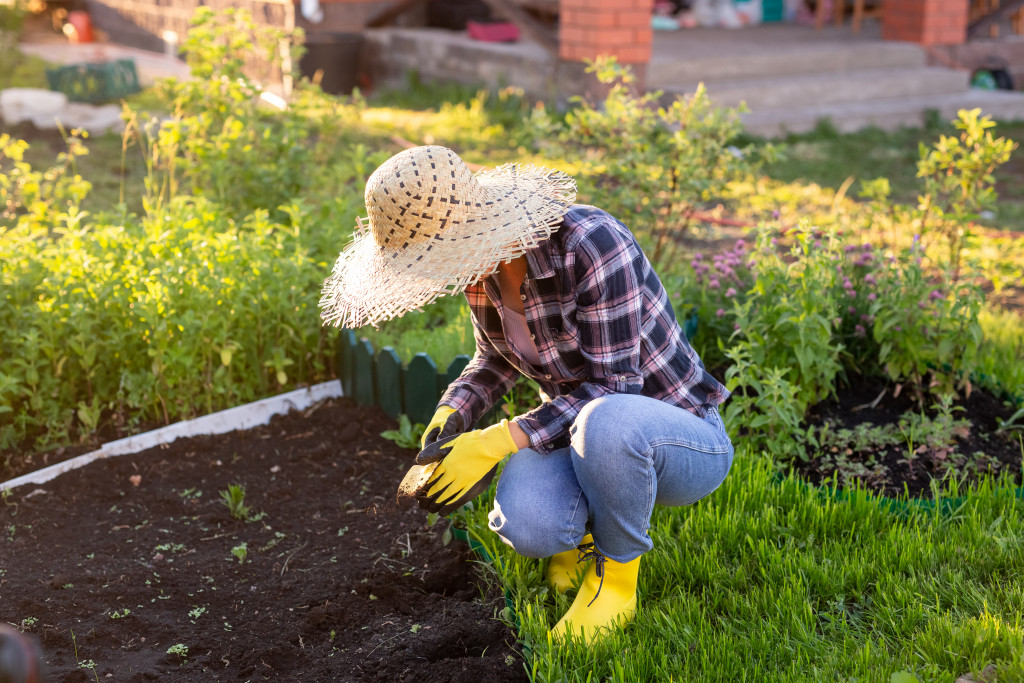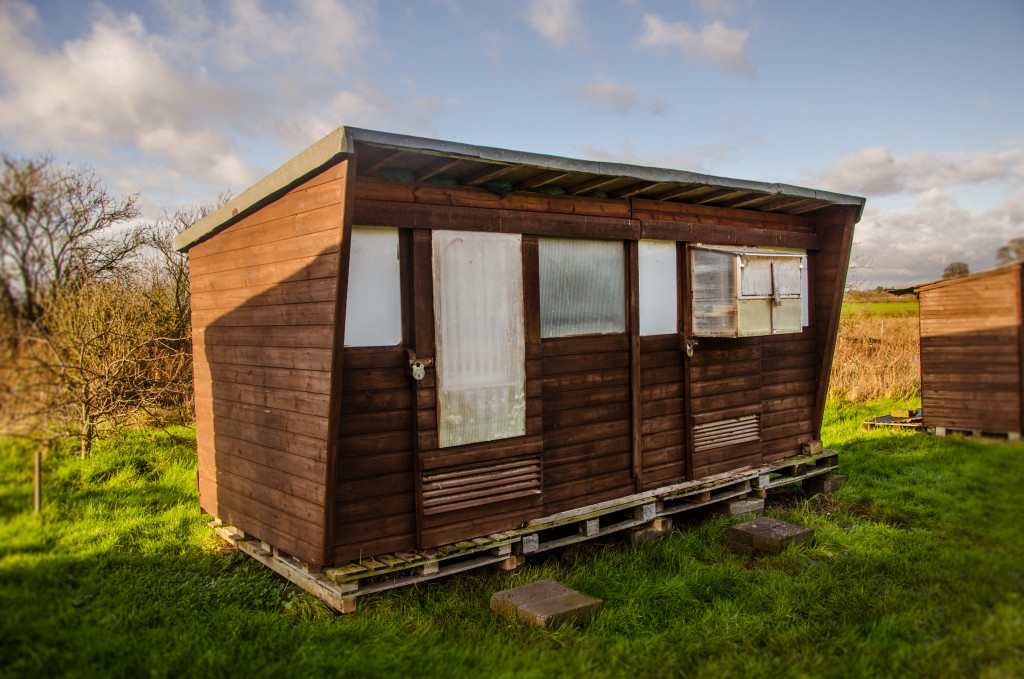Gardening has become a pretty popular hobby in the United States. More people have joined gardening during the pandemic, and it’s estimated that many more will continue this hobby in the future. One of the reasons gardening is so popular is because it’s a great way to relax and de-stress. But to garden, you need some supplies. And once you’ve gotten your supplies, you’ll need a garden shed to store them.
A garden shed is a great way to store tools, equipment, and other materials needed for your garden. Not only does it keep everything organized and easy to find, but it also protects your belongings from the weather. The best part about it is that it’s easy to build, making it a great recreational activity with your family during the weekend. Here are five steps to help you build the perfect garden shed for your backyard.
Choose the Necessary Materials
The materials you choose will dictate your garden shed’s size, shape, and overall look. When selecting materials, it’s essential to consider the climate in your area and the type of foundation you have. For example, if you live in an area with a lot of rain, you’ll want to ensure the materials you use are waterproof.
Garden sheds can be made of various materials, but some are better than others. In general, it’s best to use materials resistant to the elements that will last for a long time. Here are some of the best materials for building a garden shed:
- Wood- Wood is a popular choice for garden sheds because it’s sturdy and easy to work with. It’s also resistant to the elements, making it a good choice for areas with wet climates. However, wood is also susceptible to rot and decay, so sealing and protecting it from the rain and sun is essential. Nevertheless, despite the disadvantages, we suggest using this material for your first project because it’s much easier to use.
- Metal- Metal is another popular choice for garden sheds because it’s strong and doesn’t rust. It’s also resistant to most weather conditions, making it a good option for wet and dry climates. However, metal is a bit more expensive than other materials and can be challenging.
- Plastic- Plastic is an affordable option resistant to most weather conditions. It’s also easy to work with and comes in various colors and styles. However, plastic isn’t very sturdy and can easily be damaged by hail or wind.
These are the most common materials for a garden shed, so choose one depending on your experience and patience in building your shed.

Build Your Foundation
After you’ve selected the materials you want to use, it’s time to build your foundation. A concrete slab is the most common type of foundation for a garden shed. It’s because it’s durable and easy to install. However, if you’re using a metal shed, you’ll need to install a metal frame first.
Building a foundation might seem daunting, but it’s pretty simple. Follow these steps to build your concrete slab foundation:
Measure the area where you want your garden shed to go. Then, mark out the perimeter with string or stakes. Excavate the area within the perimeter about 6 inches deep. Next, add gravel to the excavated area and compact it with a tamper.
After, it’s time to pour the concrete. Mix the concrete in a wheelbarrow or mixer and then pour it into the excavated area. Smooth it out with a trowel and then let it cure for 24 hours. Finally, add your shed walls and roof according to the instructions.
Now that you’ve built your foundation, it’s time to move on to the next step: adding walls.
Add Walls and a Roof
The type of walls and roof you choose will depend on your materials and the look you want to achieve. For example, if you’re using wood, you can add either solid walls or walls with windows. You can add corrugated panels or sheet metal if you’re using metal.
Adding walls and a roof isn’t all that challenging. You have to measure your walls and roof to attach them efficiently.
Paint Your Shed
Lastly, you’ll have to paint your shed. The way you paint your shed will determine how it looks and how long it will last. A resilient monocouche render is suggested if you want your shed to stay for a long time. This render can provide all sorts of insulation to your shed, making it resistant to moisture and even rain. It can help a wooden shed last much longer, and a metal shed practically last forever. So make sure to choose this kind of paint when adding the finishing touches to your shed.
Now that you know how to build a garden shed, but these steps into action and create your own! Remember to take your time and enjoy the process. Building a garden shed is a fun way to add extra storage space to your home.


